Why do most New Hampshire ski fatalities happen in March?
| Published: 03-03-2017 10:48 AM |
Spring skiing has great appeal, but a decade’s worth of data from the state medical examiner shows a possible other side: It might be the deadliest time to head downhill.
Since 2007, the state office has rendered an official cause of death for 18 people who were killed while skiing; snowboarding; or, in one case, cross-country skiing. Fully two-thirds of those deaths, or 12 cases, happened during the month of March; all the rest were in December, January or February.
Is March dangerous due to sloppy conditions in warmer weather? Tired season-pass holders taking one run too many? Worn-out machinery at ski areas?
Maybe. Or maybe it’s just a statistical fluke of the sort that can crop up when looking at a small data sample like this.
“I don’t think there’s any correlation with one month being bad for fatalities. I’ve never seen it,” said David Byrd, director of risk and regulatory affairs at the National Ski Areas Association.
The industry group publishes annual statistics about ski area accidents and fatalities, analyzing such factors as gender, helmet use and the difficulty of runs where accidents occur, in a search for patterns.
The time of the year has never shown up in any correlation, Byrd said, and certainly nothing pointing to late-season skiing being more dangerous.
“Anecdotally, you’d think of the Christmas season – it’s the first time on the hill for a lot of people,” he said.
Article continues after...
Yesterday's Most Read Articles
 Former Franklin High assistant principal Bill Athanas is making a gift to his former school
Former Franklin High assistant principal Bill Athanas is making a gift to his former school
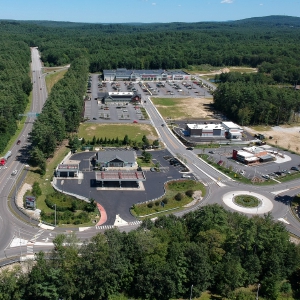 Another Chipotle coming to Concord
Another Chipotle coming to Concord
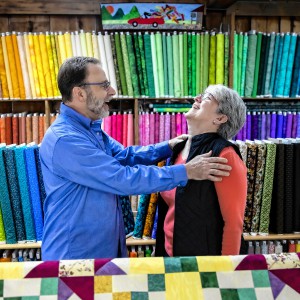 Hometown Hero: Quilters, sewers grateful for couple continuing ‘treasured’ business
Hometown Hero: Quilters, sewers grateful for couple continuing ‘treasured’ business
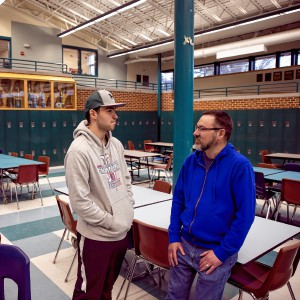 FAFSA fiasco hits New Hampshire college goers and universities hard
FAFSA fiasco hits New Hampshire college goers and universities hard
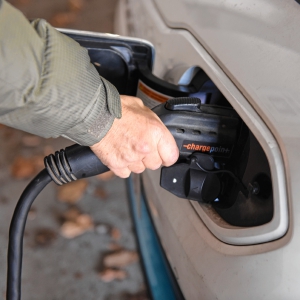 Opinion: New Hampshire, it’s time to drive into the future
Opinion: New Hampshire, it’s time to drive into the future
Prodded in part by a couple of fatal accidents this year, the Monitor requested data from the state Medical Examiner’s Office about all examinations done on skiing accidents over the past decade to see if any patterns could be identified, such as whether some ski areas are particularly deadly. The office examines on all accidental deaths in the state, and goes on to perform autopsies on about one-third of them.
One immediate conclusion is that deaths caused by accidents while skiing or snowboarding are much less common than you might think, judging from the attention they receive.
During the 10-year period, New Hampshire Alpine ski areas reported more than 21 million total skier and snowboard visits. That works out to one death for every 1.23 million visits (a visit being one person spending one day at a ski area).
This is a bit worse than the national average of one death for every 1.45 million visits, but is still extremely rare. By contrast, more than twice as many people have died while hiking in New Hampshire’s mountains over that period, and approximately 100 times as many people die each year due to accidents on state roads.
However, there are some complications in doing such an analysis because the list is not intended to be a comprehensive analysis of all skiing deaths in New Hampshire.
The problem is that some people who are killed at state ski areas are taken to facilities out of state and don’t show up on the database. For example, the Feb. 13 death of a 13-year-old at Cranmore Ski Area is not on the list because the boy was taken to Maine Medical Center.
Similarly, several Vermont areas send patients to Dartmouth-Hitchcock Medical Center in Hanover and thus get on our state’s tally even though the accident didn’t occur here. That’s why six Vermont deaths were included in the New Hampshire medical examiner’s database.
With those caveats in mind, here are some conclusions:
Most of the deaths were associated with a skier hitting a tree, or falling and sliding into a rock, tree or other obstacle.
One involved a snowboarder who “went over a 20-foot jump and had a traumatic landing” at Bretton Woods.
This reflects the most important piece of safety equipment any skier or snowboarder can have: The ability to stay in control.
Helmets help but are no guarantee of safety: Ten of the deaths involved people wearing ski helmets. In three other cases the helmet status was marked as “unknown.”
The cause of virtually all of the deaths was blunt force trauma or blunt impact injuries, as would be expected.
Deaths not related to accidents, such as a heart attack, were not included. There were no avalanche-related deaths in the database.
Cannon Mountain had four deaths during the decade, including two in December 2010, and Wildcat Ski Area had two deaths. No other ski area was the site of more than one death.
This could reflect the fact that Cannon and Wildcat are on taller mountains than any other New Hampshire ski areas, have the first- and second-longest vertical drop in the state, and have reputations for hosting some steep runs. Those runs are more attractive to people who ski aggressively. This is particularly true of Cannon, where the upper runs are known to be icy at times and where the adjoining Mittersill Area, recently reopened, encourages skiing amid trees. One Cannon death involved a snowboarder skiing on a closed trail.
However, Byrd cautioned against connecting dangerous-seeming mountains with fatalities, comparing places with difficult runs, marked with black diamonds, vs. those with easier runs, marked with blue squares.
“I think blue mountains are the area where we see the vast majority of (deaths). It’s not the black runs: They’re more aggressive, but people who take black runs are better skiers,” he said.
However, only one of the deaths in the New Hampshire database involved a snow sports person labeled inexperienced. Thirteen of them were experienced, and the status of four were unknown.
In about half of the deaths, the difficulty of the trail where the accident took place was unknown.
All but one of the victims was male.
This correlates with national data. In the 2015/16 season, 39 accidents resulted in fatalities at U.S. ski areas, and 31 of the victims were male.
Most who died were skiers, not snowboarders.
Just three of the deaths involved snowboarders and one – a 2007 death that happened three days after an “unwitnessed fall” at Dartmouth Outing Club’s Garipay Field – was a cross-country skier. The other 14 were skiers.
Ski New Hampshire does not break down attendance figures between skiers and snowboarders, but nationally there are about three times as many “active” skiers as active snowboarders, according to the National Ski Area Association (6.2 million vs. 2.2 million).
If that 3-to-1 ratio holds true in New Hampshire, then skiers were on average about 50 percent more likely to have a fatal accident as snowboarders.
All ages were affected.
The ages of those on the database ranged from a 16-year-old snowboarder to a 75-year-old skier. The cross-crountry death involved an 82-year-old.
Deaths happened at all times of day.
Time of crash ranged from 8:25 a.m. to 4:15 p.m. and were roughly split as happening before noon and after noon.
(David Brooks can be reached at 369-3313 or dbrooks@cmonitor.com or on Twitter @GraniteGeek.)

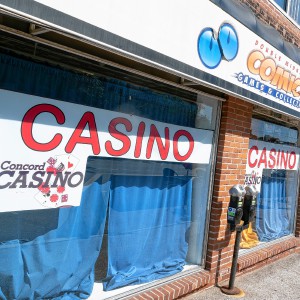 With less than three months left, Concord Casino hasn’t found a buyer
With less than three months left, Concord Casino hasn’t found a buyer Kearsarge Middle School drone team headed to West Virginia competition
Kearsarge Middle School drone team headed to West Virginia competition Phenix Hall, Christ the King food pantry, rail trail on Concord planning board’s agenda
Phenix Hall, Christ the King food pantry, rail trail on Concord planning board’s agenda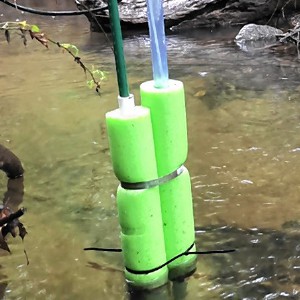 Granite Geek: Forest streams are so pretty; too bad they’re such a pain to measure
Granite Geek: Forest streams are so pretty; too bad they’re such a pain to measure
